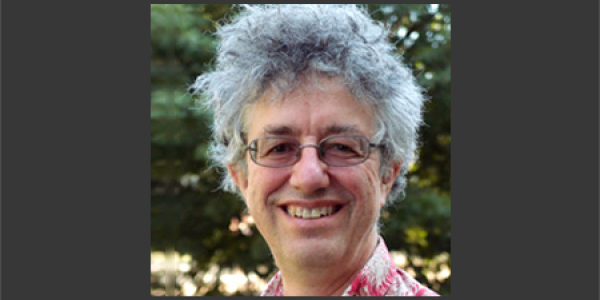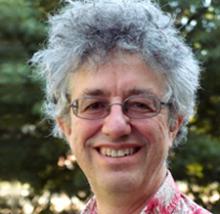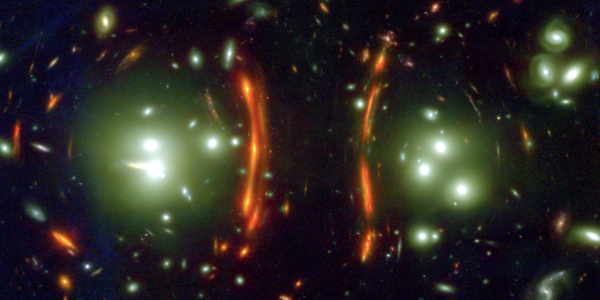
Spatio-temporal Dynamics in Ecology: a key to understanding mechanism and process
Alan Hastings, University of California Davis
I will describe the importance of understanding spatiotemporal dynamics in ecology, beginning with a number of examples, both empirical and theoretical. I will discuss a number of systems where the study of spatiotemporal dynamics has provided insights into mechanismsI will describe issues of synchrony in just two coupled populations that lead to interesting mathematical results. Then I will develop models that we have analyzed that show the presence of long range synchronization since the transition from incoherence to long-range synchronization of two-cycle oscillations in noisy spatial population models is described by the Ising universality class of statistical physics. This result shows, in contrast to all previous work, how the Ising critical transition can emerge directly from the dynamics of ecological populations and provides new explanations for the appearance of synchrony in ecological populations. I will describe how these theoretical results are consistent with extensive data from a Pistachio orchard, leading to new predictions about ecological dynamics. Then I will discuss open questions and future directions.
About Alan Hastings

Alan Hastings is a Distinguished Professor in the Department of Environmental Science and Policy at the University of California, Davis. Hastings is a theoretical ecologist, recognized for his work on dynamics of ecological populations and for his theoretical work on questions of applied interest including management using marine reserves and control of invasive species. Hastings received a Bachelor's degree in Mathematics in 1973 and a Ph.D. in Applied Mathematics in 1977 from Cornell University. He was an assistant professor of Mathematics at Washington State University from 1977-1979 and joined the faculty at the University of California, Davis in 1979. Hastings is the founding editor in chief of the journal Theoretical Ecology and is currently co-editor in chief of the Bulletin of Mathematical Biology and previously had the same position for the Journal of Mathematical Biology for 13 years. He was elected to the National Academy of Sciences in 2015 and is a fellow of the American Academy of Arts and Sciences, the Ecological Society of America the Society for Industrial and Applied Mathematics and the Society for Mathematical Biology. He received the Robert H. MacArthur Award from the Ecological Society of America in 2006.
Audience: Public


